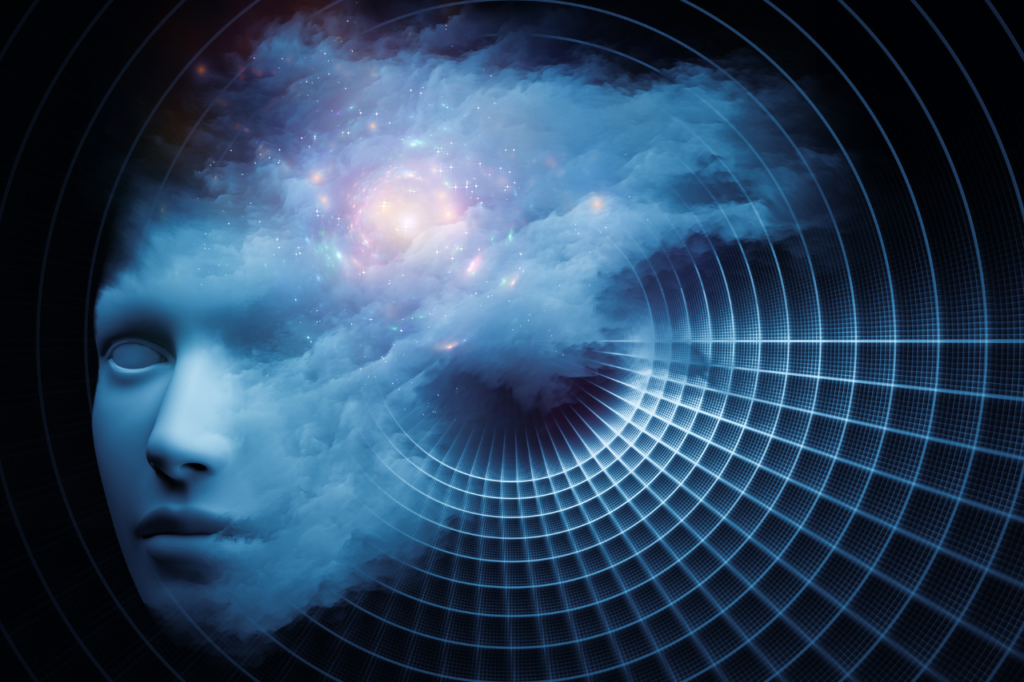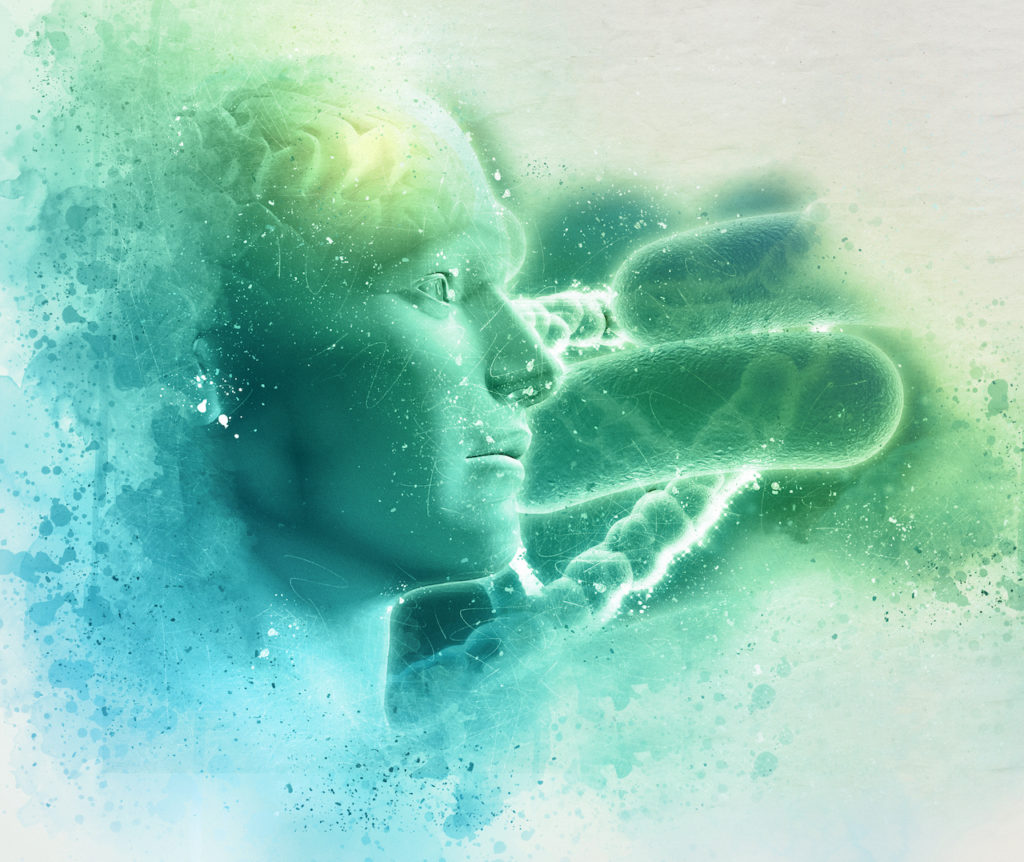Psychedelics as a Mental Health Treatment
Psychedelic-Assisted Therapy Australia
Psychedelic-assisted therapy is an innovative approach designed to support individuals with specific mental health conditions that have not responded to traditional therapies.
This treatment involves the supervised use of legal, prescribed psychedelic compounds to induce a profound altered state of consciousness. In this state, individuals may experience greater emotional openness, enhanced introspection, and a shift in thought patterns, allowing for meaningful therapeutic breakthroughs.
The psychedelics are prescribed exclusively by authorised psychiatrists and always within a carefully controlled and supportive clinical setting. The process combines the administration of these compounds with structured therapy sessions, providing a safe environment to explore and integrate insights.
The primary goal is to interrupt entrenched patterns of thought and behaviour, creating opportunities for change and healing.

Eligibility for Psychedelic-Assisted Therapy
Not all individuals or mental health conditions are suitable for psychedelic-assisted therapy. Eligibility is determined through a thorough assessment conducted by an authorised psychiatrist.
Under current guidelines, this therapy is only available for specific mental health conditions that are resistant to other forms of treatment. It is important to note that while research into this treatment is ongoing and has shown potential, the evidence remains in its early stages, and outcomes may vary from person to person.
Regulatory Framework
On July 1, 2023, the Therapeutic Goods Administration (TGA) introduced new regulations allowing psychiatrists with specific authorisation to prescribe certain psychedelic medicines for eligible individuals.
These medicines can only be used under strict guidelines and within approved clinical settings. They are not available for any other purpose or condition beyond what is specified in the regulations.
This regulatory development positions Australia as a global leader in recognising the potential therapeutic applications of psychedelics, opening the door to new treatment possibilities for individuals with unmet mental health needs.
Why a Controlled Setting Is Crucial
Psychedelic-assisted therapy must take place in a controlled clinical environment to ensure safety and the best possible outcomes. The altered states induced by these compounds require careful monitoring and expert therapeutic guidance to ensure the experience is both safe and productive.
The therapy involves a structured process that includes preparation, supervised sessions, and post-treatment integration to help individuals process and apply their experiences.
Australia is a global leader in recognising the potential of therapeutic applications of psychedelics for individuals with unmet mental health needs.

Research and Future Directions
While the reclassification of these medicines marks a significant step forward, psychedelic-assisted therapy is still an emerging field.
Ongoing research is critical to better understanding the potential risks, benefits, and long-term outcomes.
As such, this therapy should be approached cautiously and only under the care of authorised professionals working within evidence-based frameworks.
Learn More About Psychedelic-Assisted Therapies
At GoodMind Therapeutics, we are proud to be among the first clinics in Australia to offer psychedelic-assisted therapy under the new regulatory framework.
Our team is committed to delivering this treatment responsibly and ethically, ensuring the highest standards of care for eligible individuals.
Australia’s leadership in reclassifying certain psychedelics as medicines reflects a growing interest in exploring innovative approaches to mental health care. While the field continues to evolve, it holds significant promise for those seeking new pathways to healing and wellness.
